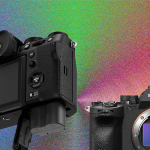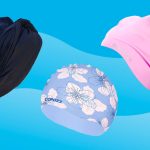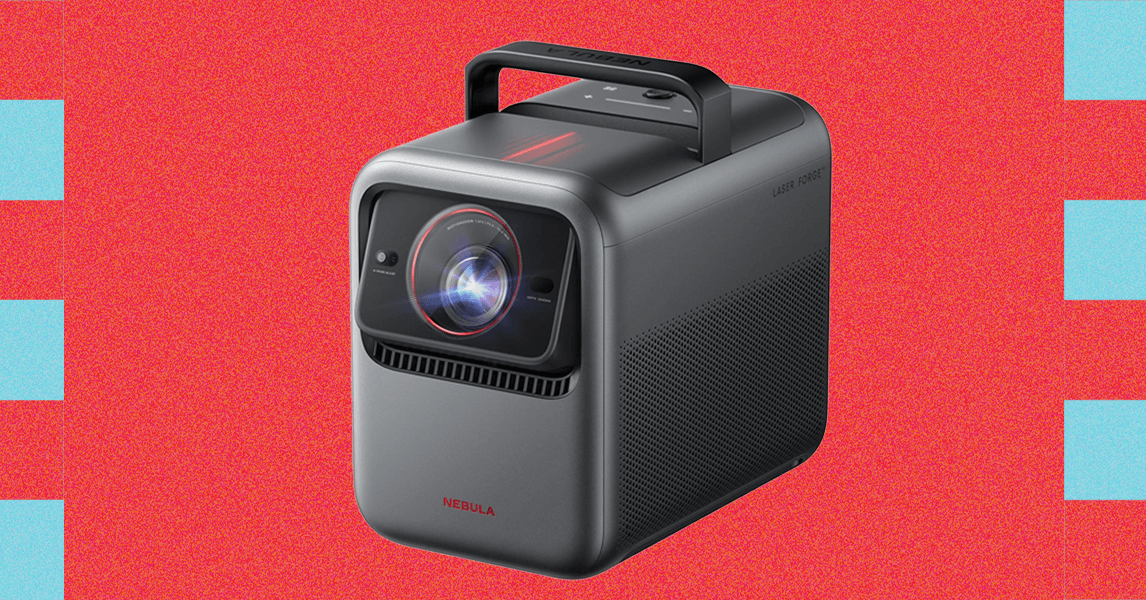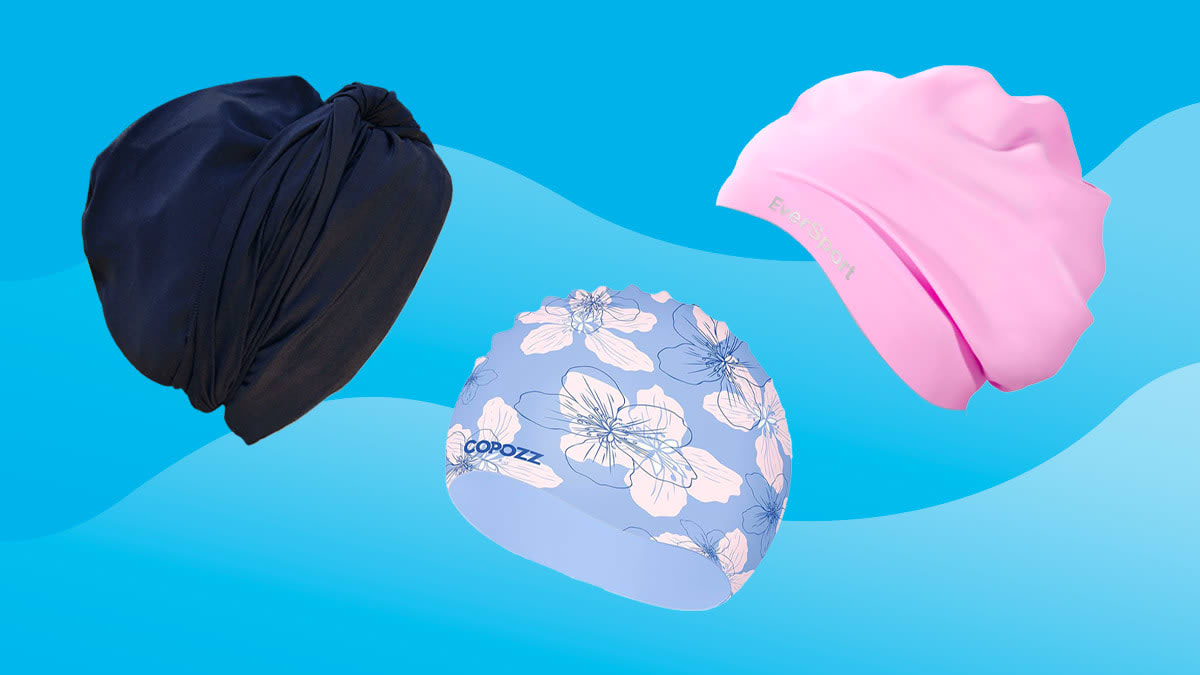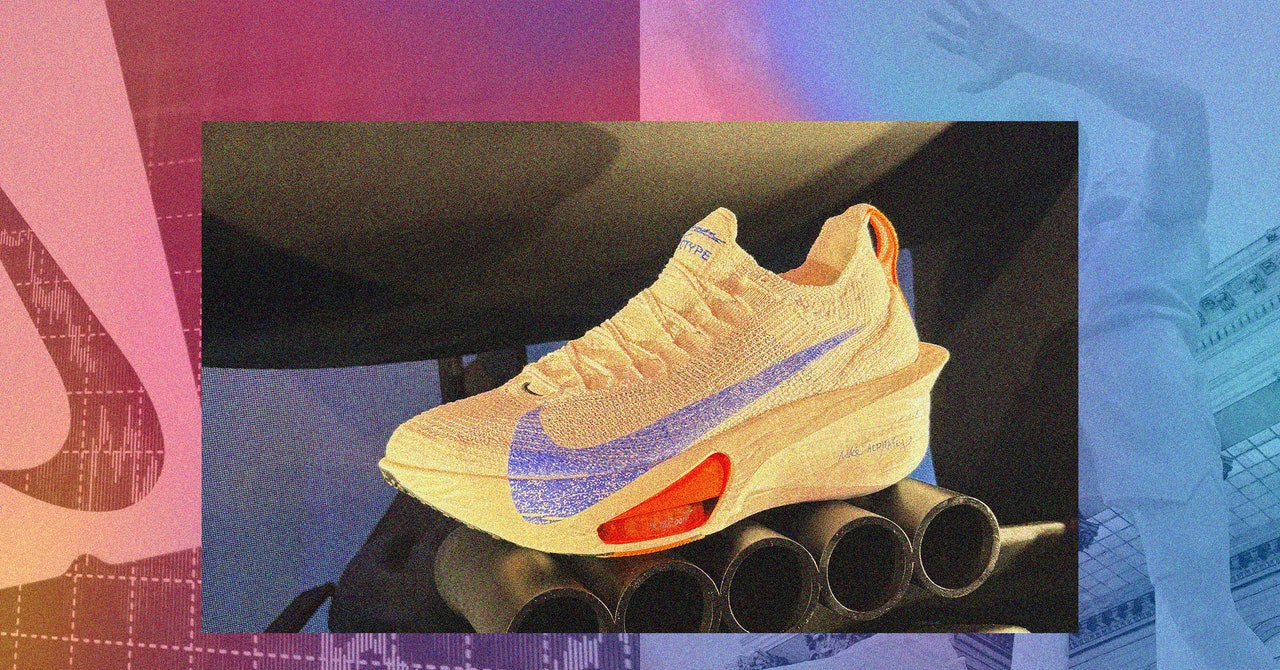
It’s hard to imagine how the city will fare during the Olympics. Paris’ very charm—its narrow streets and exquisite small shops—means that even on a normal Tuesday, automotive traffic is pretty bad. (Hence the flood of electric bikes that nearly mowed me down every time I crossed a street.) The Seine is beautiful, but the open water swim will probably be canceled due to E. coli. Paris mayor Anne Hidalgo has already fielded criticism over how she has handled the chaos (or not handled, as the case may be) preceding the games.
For Nike, the Olympics similarly represent either an incipient crisis or an opportunity to turn it all around. The company is struggling through a difficult few years, beset by low sales numbers, and is on its longest losing streak since it went public in the 1980s. In February, Nike CEO John Donahoe announced that the company would lay off around 2 percent of its workforce, with the second wave of layoffs happening within a few weeks of employees returning home from this event.
As with any aging company, the reasons for this are complex. “Nike’s innovation is not where it should be … and the company has been distracted,” said David Swartz, a senior equity analyst for Morningstar, who cited a number of reasons why Nike’s business is no longer stellar. The company is facing more competitors than ever, from Adidas and Puma to newer companies like On Running and Lululemon.
Like many companies, the company has continuing problems managing its post-Covid inventory. It’s also a lightning rod for controversy. As the consternation over the high-cut briefs shows, the company has been mired in other accusations of sexism. A federal judge recently ruled that The Oregonian, a newspaper based in Portland, Oregon, can report on hitherto sealed documents that detail decades of harassment at the company.
The company’s move from wholesalers to direct-to-consumer wasn’t as successful as it hoped, and faith is shaky in its new executive leadership team. “It makes sense to hire someone with digital sales experience if you want to sell online,” said Swartz. Previously, Donahoe was the president and CEO of ServiceNow and eBay, and is still chair of the board at PayPal. “However, [Donahoe] is not a sneakerhead.” As if that weren’t enough, the creative team behind some of Nike’s most successful advertisements over the past 20 years has quietly left the agency to work on smaller projects.
It’s not all bad news for Nike, though. Far from it. Every athlete that Nike sponsors in the upcoming Olympics could lose; every shoe that the company launches in the next few months could flop. Yet still, the company’s products remain best in class, and have been for a very long time. The best athletes in the world wear Nike. It’s just going to be a while before a competitor can outfit a runner of Kipchoge’s star power. Even Caitlin Clark wore Nikes when she broke the NCAA shooting record. Not bad for a 60-year-old company—even one that clearly has some issues to work through.
“It still has the biggest marketing budget, the premier athletes,” said Swartz. “I think it will come back. [The UEFA European Football Championships] and the Olympics are excellent marketing opportunities. [But] the outlook is just murky for the whole industry right now.”
Not all of us need an AI-designed prototype with TPU clips for heels, but most of us could use a springy, comfortable everyday trainer. Some of us (me) are also very interested in a skate shoe. In the next few months, we will see if the rest of the world is, too.
